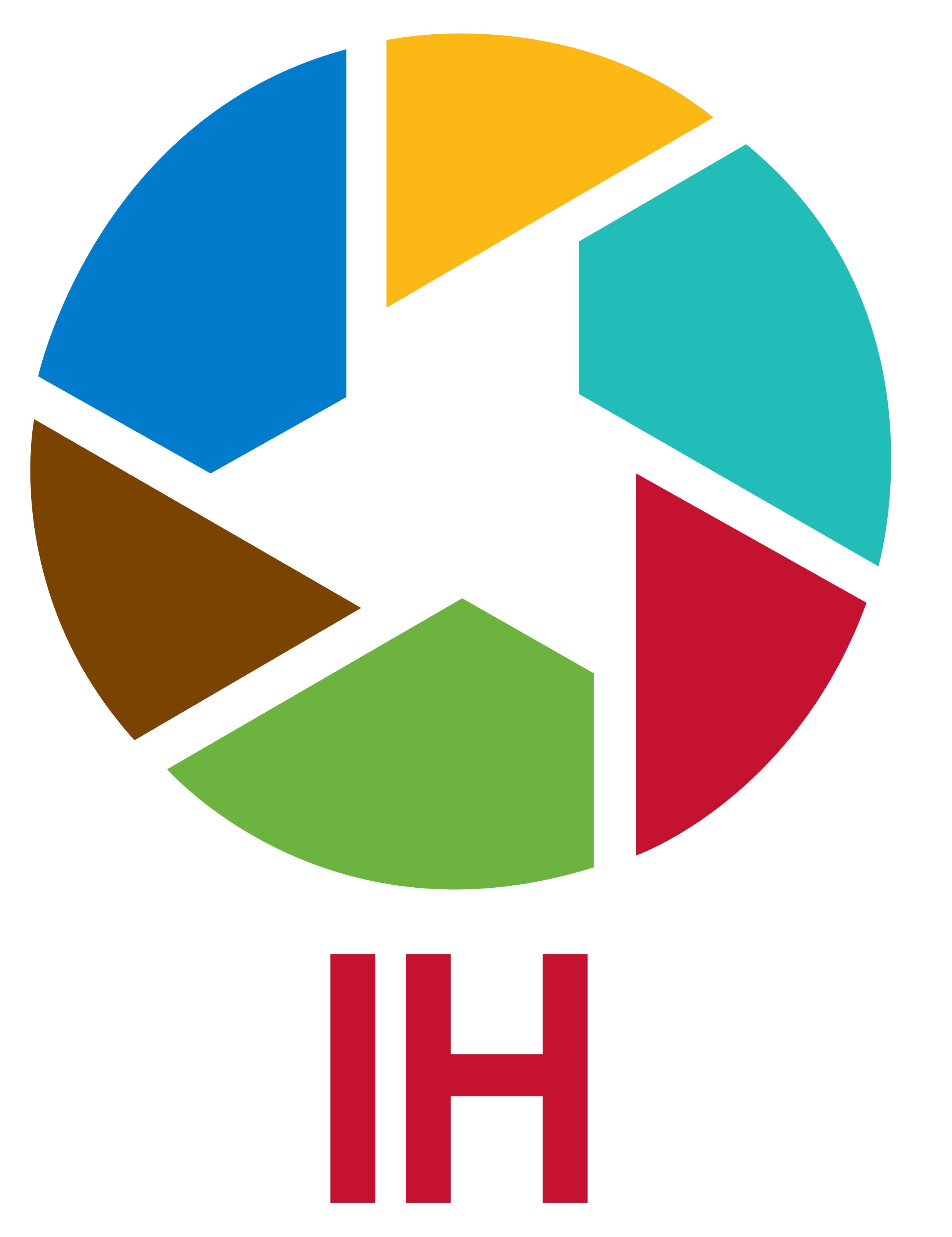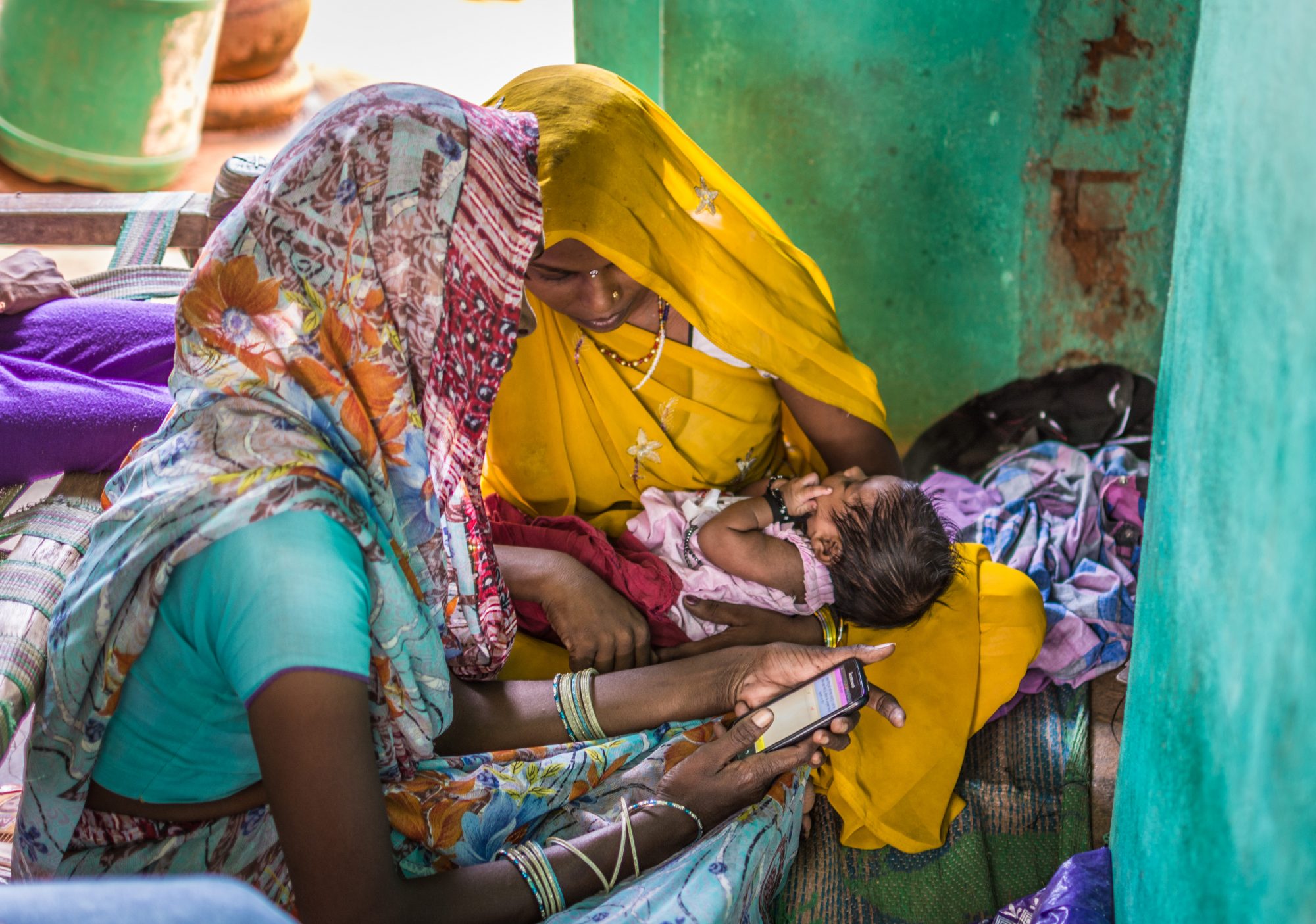Health inequalities and disparities have plagued this fragile earth since the beginning of unprecedented medical advances, the wealth divide, and the transition from agricultural economies to industrialized states. These health inequalities can range from lack of access to diagnosing technology, unaffordable medications that treat ubiquitous ailments, and distribution barriers that cause a shortage of preventive tools and drugs. Each one of these entities cause an immense amount of suffering for both health care providers, who are required to overcome the barriers, and, for those who are directly afflicted – patients and their families. In addition to these aforementioned health inequalities, the distribution of medical information is directly affected by another concealed yet detrimental form of disparity: the lack of diversity within the languages it is presented in.
Those who inherently speak English won’t face the same barriers as a rural Brazilian physician being unable to fully comprehend English specific instructions for a novel diagnosing tool for the Zika Virus. Nor will those inhabiting anglophone countries endure the same struggle of a Burmese pharmacist who isn’t able to utilize the pharmacokinetic data from a recently approved medication for colon cancer. The fact that information in English related to lifestyle changes for coronary heart disease might not be clear to some community health workers may not be realized from those hailing from the developed world where English is commonly spoken. Treatment guidelines, publications in prominent internationally renowned journals, medication inserts, and countless other resources are typically exclusively published in the English language – creating an insurmountable barrier for those having little access to an English medical education. While having a universal language like English as a connecting tool for the international health community has several benefits, this encompasses a little more than a billion fluent/semi-fluent English-speaking individuals on this earth: leaving about 6 billion humans with little or without access to this rich collection of health information. This language barrier for the majority of humanity amplifies the problems with the quality of care a health care provider is able to administer when also considering other health disparities like lack of access to technology and medications.
This disparity infects and disrupts many facets of the global health communities desire to truly empower local health care professionals and create sustainable public health care institutions. Although the leading global health entity, the World Health Organization (WHO), has attempted to tackle this disparity and expand its impact through diversifying its official languages, it still leaves half of the world population without access in their native tongue. The official languages of the WHO include Arabic (242 million native speakers), Chinese (1197 million), English (335 million), French (76 million), Russian (16 million), and Spanish (399 million) which totals to be only approximately 2.4 billion people. Furthermore, even with these six official languages, only WHO official documents are translated into the six languages while technical reports, guidelines and even the majority of the website is strictly in the English language. Besides WHO and as previously mentioned, the venues novel information is presented in like journals/guidelines is inaccessible to the great majority of health care professionals attempting to provide evidence-based care for their patients. A study published in Deutsches Ärzteblatt International in 2008 revealed that the amount of English-only journals in Medline has risen to 89% with roughly 9/10 new journals with Medline are in the English language. In addition, of 103 journals that are ranked and listed based on frequency of being cited, only 13 are not written (entirely or primarily) in English. This remote information can lead to situations where proper treatment guidelines are not followed causing morbidity or mortality, a lack of awareness of a necessary change within a hospital system, and other negative events that prevents local health leaders from taking charge of their community’s health and creating maintainable interventions.
Although making this medical information accessible to a superior majority of humanity is a difficult task due to lack of awareness, cultural aspects in languages, funding, and human resources, several programs have been recently developed throughout the world to begin addressing this health inequality with the assistance of WHO and political will:
-
- In 2009, King Saud bin Abdulaziz University of Health Sciences in Saudi Arabia conducted a study that revealed that just over 4% of all Arabic health information websites met international quality standards. With this data being brought forth, the WHO’s Global Arabic Program was established to disseminate the work of WHO through Arabic publications, make reliable and current health information and research outcomes available in Arabic, and establish networks and knowledge communities in Arabic translation, terminology and publishing. In addition to this WHO program, an establishment of an Arabic health information foundation was created to govern and accredit Arabic health websites and an Arabic health encyclopedia
-
- In 2012, WHO established a program, called the WHO Moscow documentation centre, which was funded by the Russian government to increase the number of technical WHO publications in Russian, such as clinical guidelines, and to establish a mechanism for consulting Russian-speaking public health experts on which publications they needed most. In order to ensure proper translation and clinical effectiveness, Russian experts are also invited to review the Russian publications before being revealed. This has directly empowered local health care providers and has provided a sustainable foundation for future Russian health dissemination success.
- In 2005, WHO established the ePORTUGUESe program to increase access to health information in Portuguese as part of a collaboration with Angola, Brazil, Cabo Verde, Guinea Bissau, Mozambique, Portugal, Sao Tome & Principe and Timor-Leste. This has allowed each country to develop their own specific health information library to meet specific needs for their populations. This platform can be accessed by anyone with an internet connection, giving health care providers a venue to improve patient care.
These are promising starts to addressing the language barriers that affect health care providers each day while caring for their patients. However, a continued devotion for assisting Khmer-speaking midwives in rural Cambodia utilizing a new birth spacing method, Creole-speaking pharmacists in Haiti checking for drug interactions between coumadin and levofloxacin, and Portuguese-speaking pediatricians in Mozambique deciding what dose of a powerful antibiotic to give needs to be followed through with to honor the global health’s community commitment to each other. While these examples serve as templates for success, an increase in awareness must be brought to the attention of heads of states and health leaders to ensure this health inequality is properly addressed. International health journals have the obligation to better structure their publications in order to make the information more language accessible; while local journals need to promote publications in the residential language to improve the provided health care in the area. The empowerment of public and private health care professionals is vital to the success of their country’s health, and overcoming the medical language barrier is the first step to achieving this.

